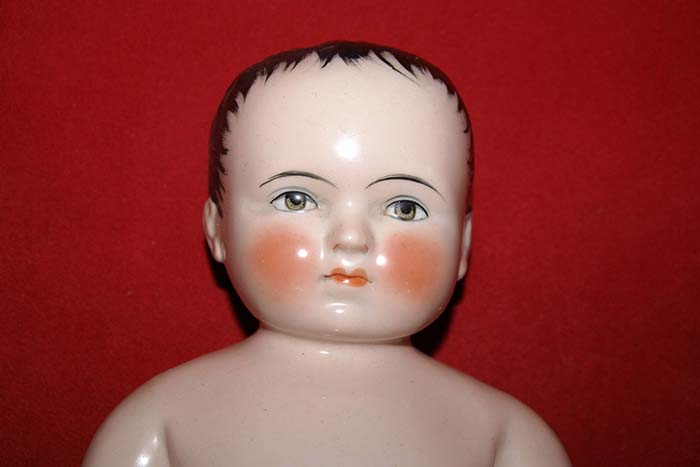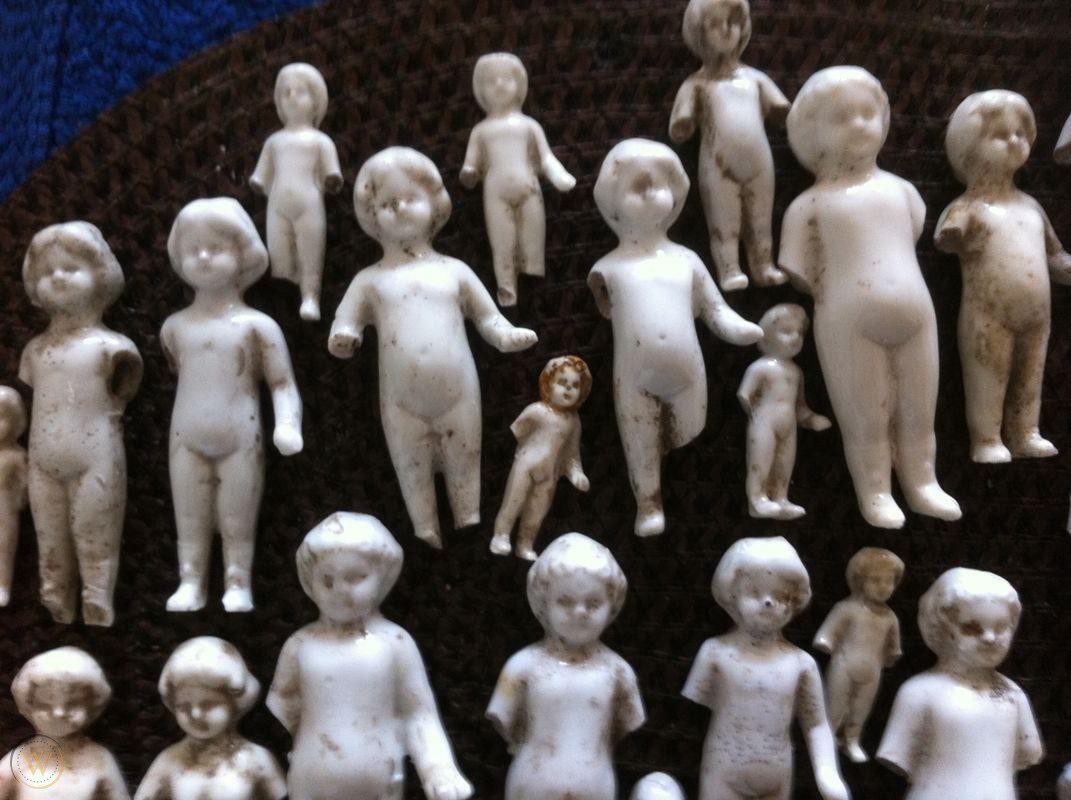Next time a child complains about the gift you got them, tell them they’re lucky you didn’t give them a Frozen Charlotte doll. Though they’re collectible items, it’s doubtful kids these days will appreciate these creepy antique dolls or the grisly tale they’re named after.
Originally made in Germany in the 1850s, these porcelain dolls were intended as bath-time toys for children. Since the dolls were made of biscuit, or bisque, porcelain, they were unglazed and could therefore float in the tub. But once introduced into the United States, they became more macabre, being associated with a cautionary tale.
Who was Frozen Charlotte?
The story of Frozen Charlotte originated from a February 8, 1840, New York Observer article, describing the alleged true story of a woman in upstate New York who froze to death on her way to a New Year’s ball. The article inspired the poem “A Corpse Going to a Ball” credited to Seba Smith. The more well-known American folk ballad “Fair Charlotte” (or “Young Charlotte”) is based on this poem.
The poem tells the story of Charlotte, who freezes to death while riding an open sleigh to a fancy ball. She ignores her mother’s offer of a blanket to wrap around her shoulders on this chilly New Year’s Eve because she wants to show off her beautiful gown. A second offer of a blanket, this time by her fiancé, Charlie, who drives the sleigh, is likewise rejected. Upon arriving at the ball, Charlie discovers his fiancée has turned into a frozen corpse.
Frozen Charlies
The popularity of this folktale inspired the name Frozen Charlotte given to these corpse-like dolls from Germany. Intending to teach girls to obey their mothers and dress warmly in winter, the message was not limited to girls: male versions of these dolls, dubbed Frozen Charlies, admonished boys to also listen to their parents.

The white porcelain dolls, often with dark-painted hair and red lips, had fixed (immovable) joints. Costing as little as a penny, they were available to most children and thus also called “penny dolls.” Some came with their very own tiny bathtub or even… coffin.
And lest you think this Victorian-era toy couldn’t get any more gruesome, these little dolls were baked into puddings or cakes — for some unsuspecting child to break their teeth on. And so, American parents used the Frozen Charlotte dolls to teach their children a lesson.
Was Frozen Charlotte real?
However, something rather curious. If you scour U.S. newspapers, magazines, and books from the 19th century, you’ll find no mention of Frozen Charlottes in reference to these porcelain dolls. That’s not to say these dolls didn’t exist—they did. But they may have acquired the name “Frozen Charlotte” much later, as no evidence suggests that these penny dolls were likened to corpses or considered the embodiment of the young woman who froze to death.
Regardless of when they were named, these dolls will forever be associated with the gruesome tale, and nary a child will disobey their parents after hearing the story of Frozen Charlotte.


